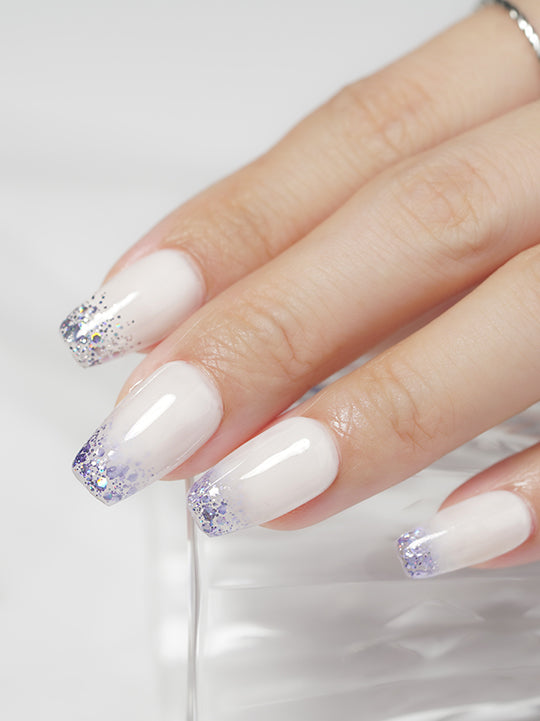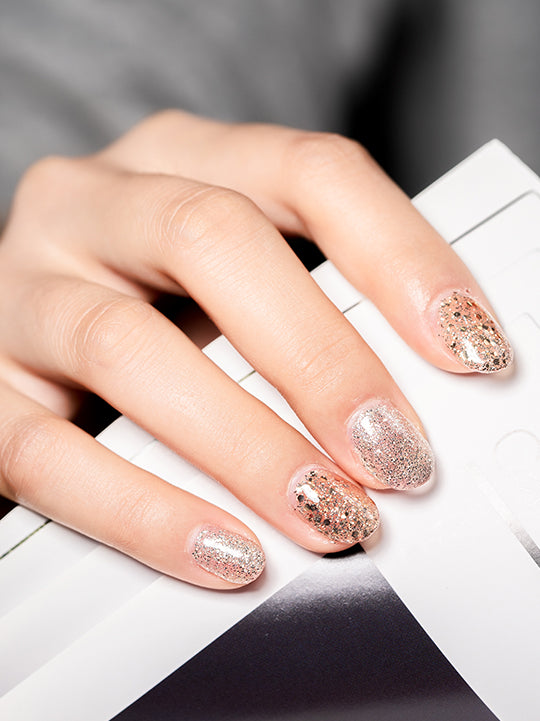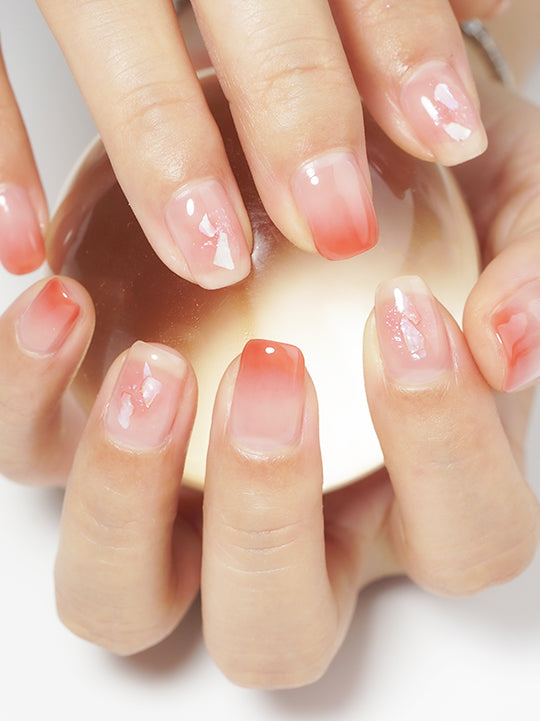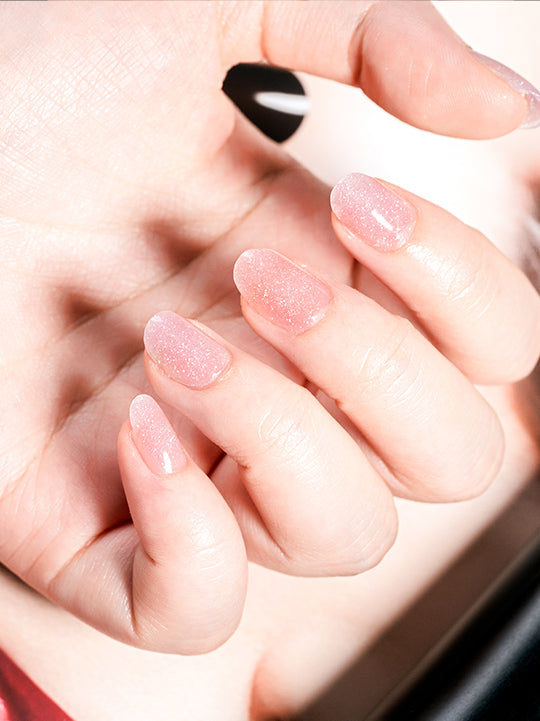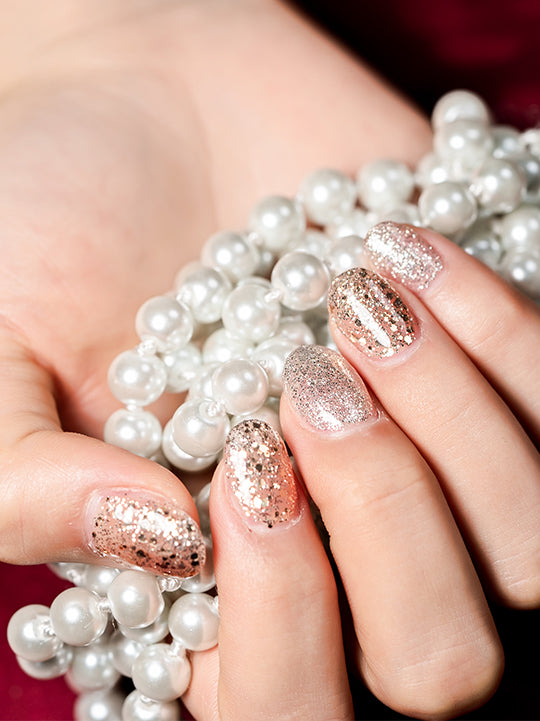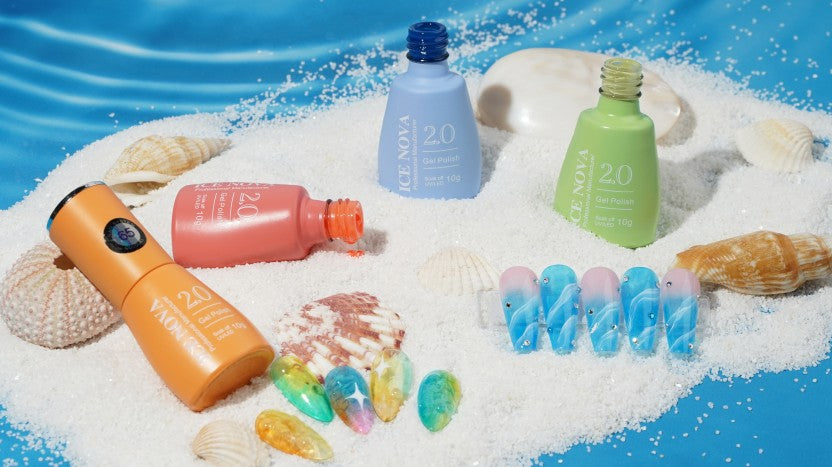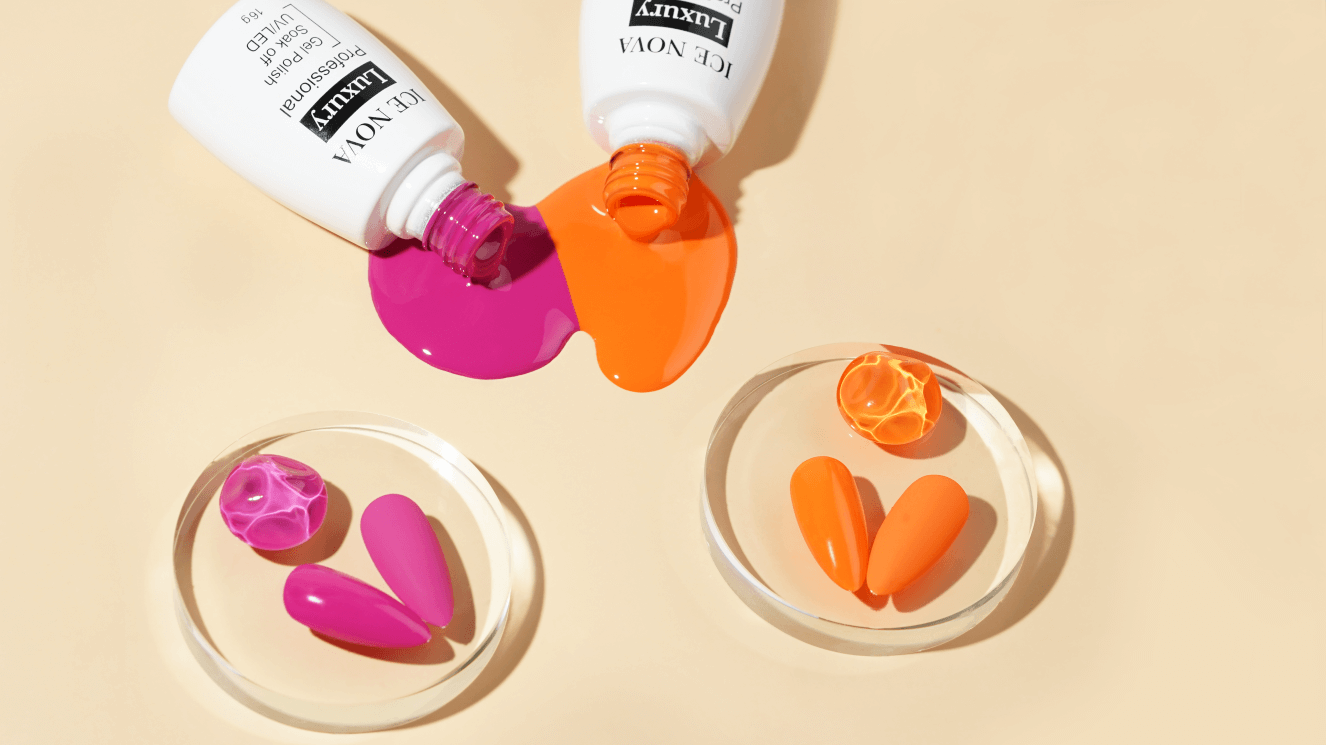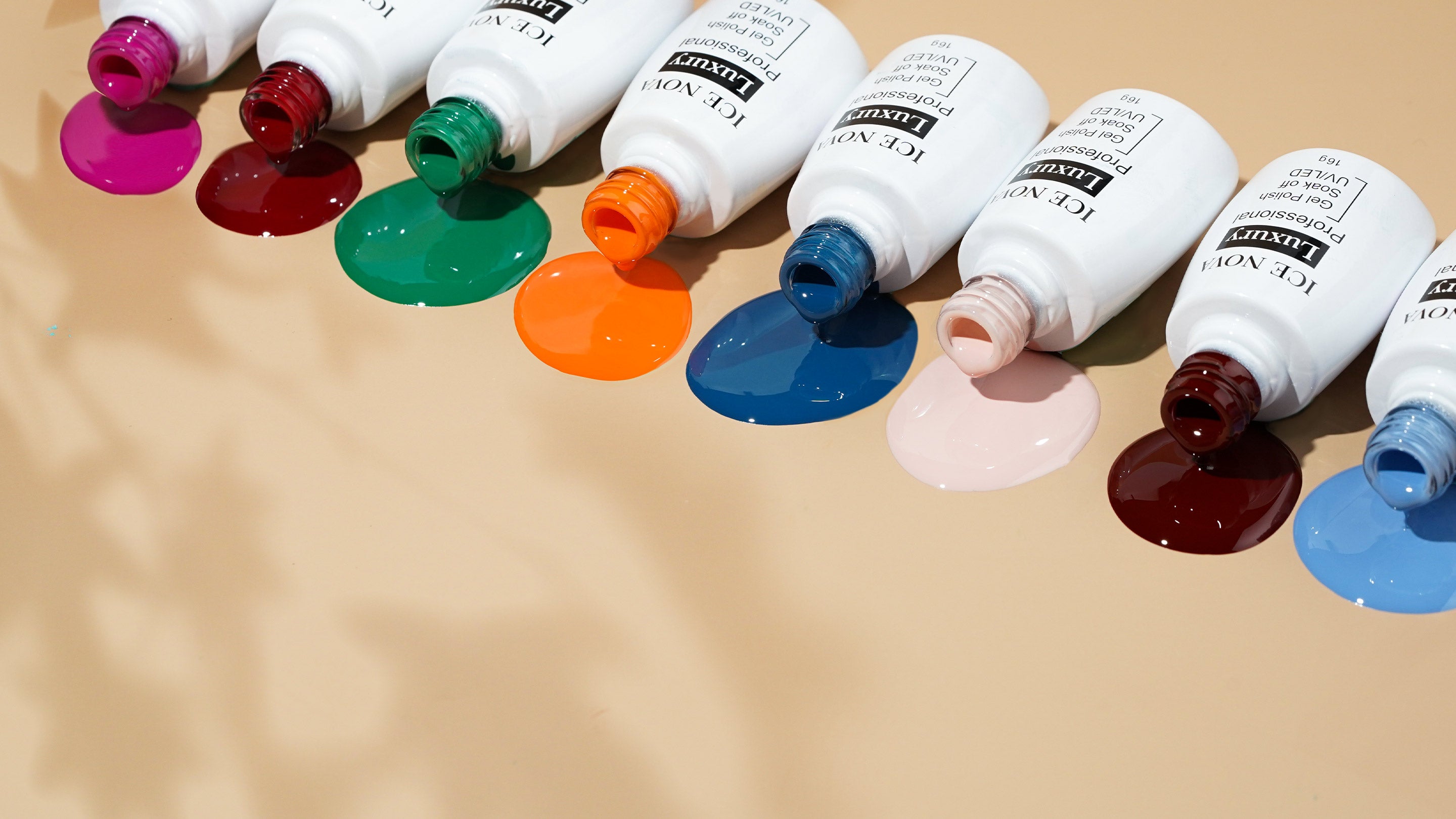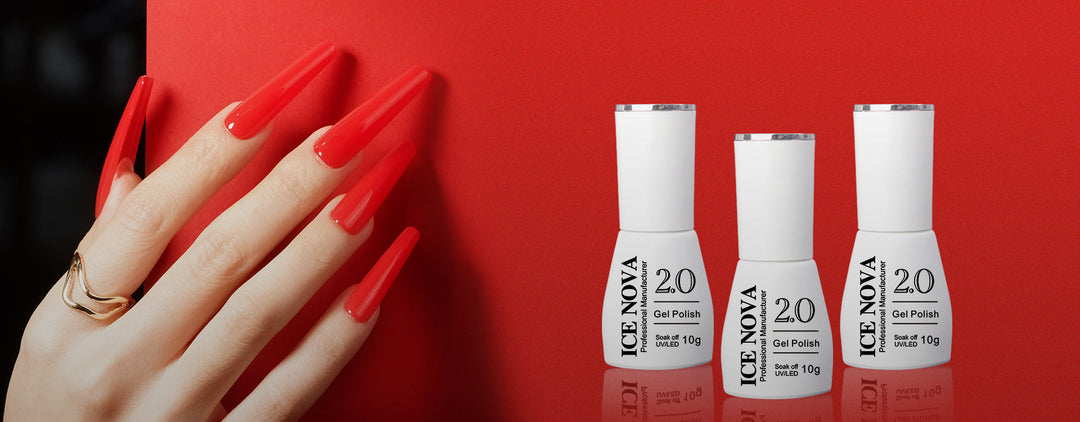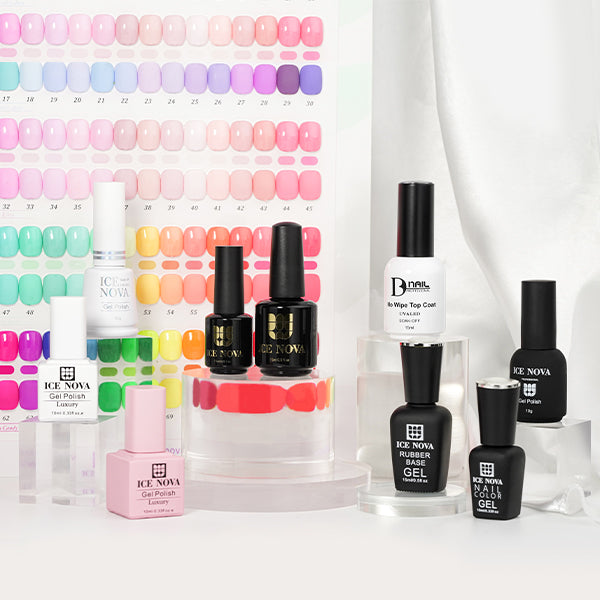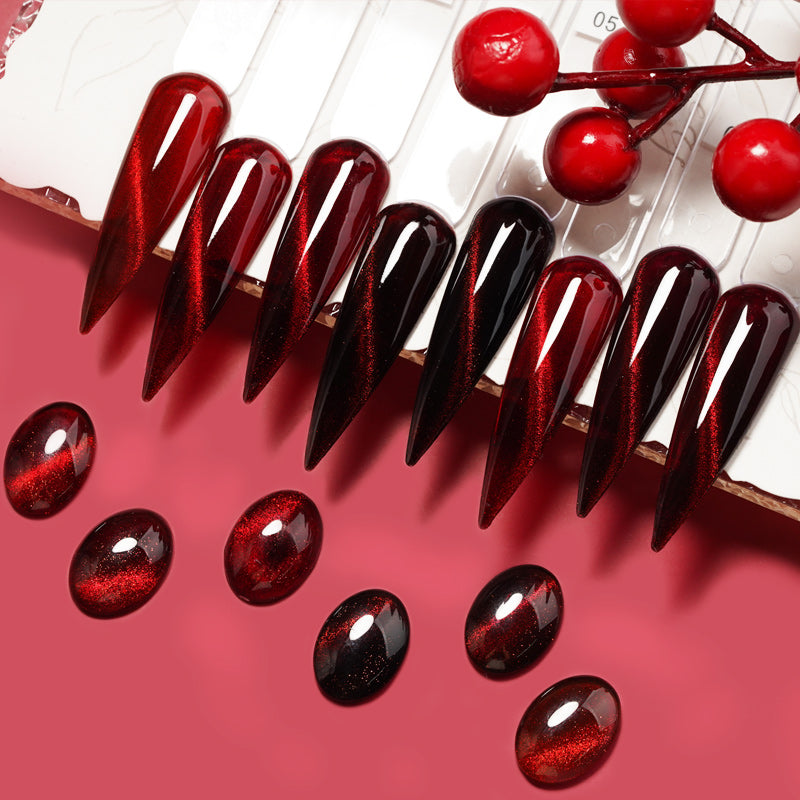For Beginner: How Does Gel Nail Polish Work
Gel nail polish is a type of nail polish that is cured or hardened using ultraviolet (UV) light or light-emitting diodes (LED). Here's a general overview of how gel nail polish works:
Application:
Gel nail polish is applied to the natural nails, similar to traditional nail polish.
The process typically involves several layers: a base coat, one or more layers of color, and a top coat.
Base Coat:
The base coat is applied first to create a smooth surface and improve the adhesion of the gel polish to the natural nail.
Color Application:
After the base coat, one or more layers of colored gel polish are applied. Each layer must be cured under a UV or LED lamp before applying the next layer. This curing process helps to harden the gel.
Curing:
Gel nail polish contains photo-initiators, which are chemicals that react to the UV or LED light. When exposed to this light, the photo-initiators initiate a chemical reaction that causes the gel to harden or cure.
The curing process typically takes around 30 seconds to 2 minutes per layer, depending on the type and strength of the light source.
Top Coat:
Once the color layers are applied and cured, a top coat is applied to add shine and protection to the manicure.
Final Curing:
After applying the top coat, a final curing process is done to ensure that all layers are fully hardened and set.
Finished Nails:
Once the final curing is complete, the nails are fully dry and hardened. Gel nails are known for their durability and resistance to chipping, and they often have a glossy finish.
Gel nail polish is popular because it offers a long-lasting and chip-resistant manicure compared to traditional nail polish. It's commonly used in both professional salons and for at-home manicures. Additionally, the curing process allows for quick drying, making it convenient for those who want a durable and polished look without waiting for the polish to air-dry.
Application:
Gel nail polish is applied to the natural nails, similar to traditional nail polish.
The process typically involves several layers: a base coat, one or more layers of color, and a top coat.
Base Coat:
The base coat is applied first to create a smooth surface and improve the adhesion of the gel polish to the natural nail.
Color Application:
After the base coat, one or more layers of colored gel polish are applied. Each layer must be cured under a UV or LED lamp before applying the next layer. This curing process helps to harden the gel.
Curing:
Gel nail polish contains photo-initiators, which are chemicals that react to the UV or LED light. When exposed to this light, the photo-initiators initiate a chemical reaction that causes the gel to harden or cure.
The curing process typically takes around 30 seconds to 2 minutes per layer, depending on the type and strength of the light source.
Top Coat:
Once the color layers are applied and cured, a top coat is applied to add shine and protection to the manicure.
Final Curing:
After applying the top coat, a final curing process is done to ensure that all layers are fully hardened and set.
Finished Nails:
Once the final curing is complete, the nails are fully dry and hardened. Gel nails are known for their durability and resistance to chipping, and they often have a glossy finish.
Gel nail polish is popular because it offers a long-lasting and chip-resistant manicure compared to traditional nail polish. It's commonly used in both professional salons and for at-home manicures. Additionally, the curing process allows for quick drying, making it convenient for those who want a durable and polished look without waiting for the polish to air-dry.


